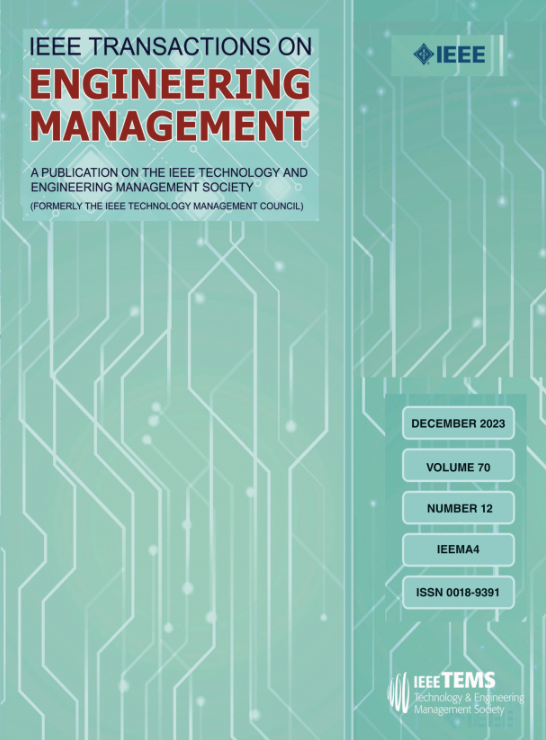Channel Structure and Decarbonization Innovation in Contract Manufacturing
IF 4.6
3区 管理学
Q1 BUSINESS
引用次数: 0
Abstract
Electric vehicle startups often rely on established automakers for mass production, yet this reliance is contentious due to concerns about product cannibalization and technology spillovers. This article examines whether an original equipment manufacturer (OEM) should outsource production to a contract manufacturer (CM) that directly sells substitutable products to customers or to an alternative contract manufacturer (ACM) that specializes exclusively in production, as well as whether investing in product decarbonization is mutually beneficial. We develop models for various channel structures and investment strategies. Analysis of the equilibrium outcomes shows that if the OEM's advantage in product greenness over the CM is strong (weak), the equilibrium is characterized by the coopetitive (competitive) channel with (without) decarbonization innovation. Otherwise, there exist some thresholds below which the equilibrium is the competitive channel with decarbonization innovation, and above which it shifts to the coopetitive channel without such innovation. We elucidate the emergence of these equilibrium strategies by highlighting the decarbonization effect, the channel effect, and the synergy effect, while also clarifying how they vary with changes in product differentiation and technology spillovers. Finally, we validate the robustness of our key findings in scenarios where production costs increase due to product decarbonization, the CM and the ACM compete on wholesale prices, and decarbonization outcomes are uncertain because of innovation failures.合同制造中的渠道结构与脱碳创新
电动汽车初创公司通常依赖于老牌汽车制造商进行大规模生产,但由于担心产品相互竞争和技术溢出,这种依赖存在争议。本文考察了原始设备制造商(OEM)是否应该将生产外包给直接向客户销售可替代产品的合同制造商(CM),还是应该外包给专门从事生产的替代合同制造商(ACM),以及投资于产品脱碳是否对双方都有利。我们为各种渠道结构和投资策略开发模型。对均衡结果的分析表明,如果OEM对制造商的产品绿色优势是强(弱)的,那么均衡的特征是有(没有)脱碳创新的合作(竞争)渠道。否则,存在一定的阈值,低于该阈值,均衡为有脱碳创新的竞争通道,高于该阈值,均衡向无脱碳创新的竞争通道转移。我们通过强调脱碳效应、渠道效应和协同效应来阐明这些均衡策略的出现,同时也阐明了它们如何随着产品差异化和技术溢出的变化而变化。最后,我们在产品脱碳导致生产成本增加、CM和ACM在批发价格上竞争以及脱碳结果因创新失败而不确定的情况下验证了我们的关键发现的稳健性。
本文章由计算机程序翻译,如有差异,请以英文原文为准。
求助全文
约1分钟内获得全文
求助全文
来源期刊

IEEE Transactions on Engineering Management
管理科学-工程:工业
CiteScore
10.30
自引率
19.00%
发文量
604
审稿时长
5.3 months
期刊介绍:
Management of technical functions such as research, development, and engineering in industry, government, university, and other settings. Emphasis is on studies carried on within an organization to help in decision making or policy formation for RD&E.
 求助内容:
求助内容: 应助结果提醒方式:
应助结果提醒方式:


